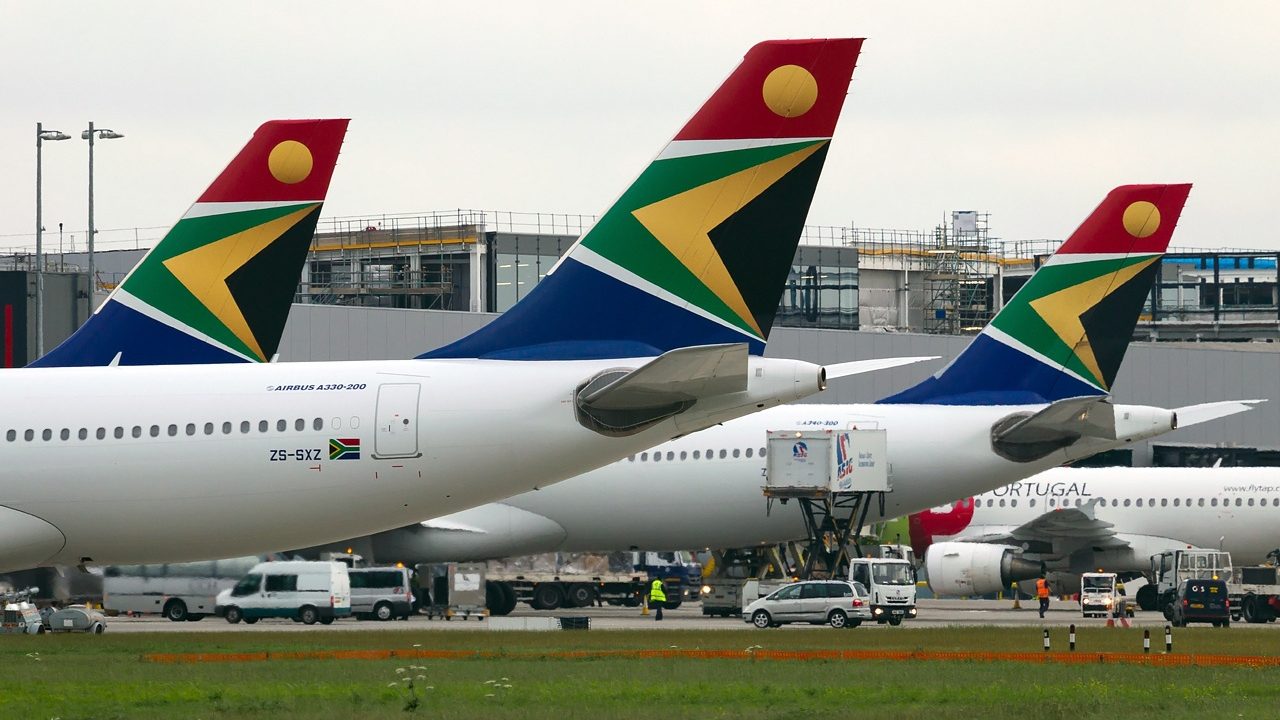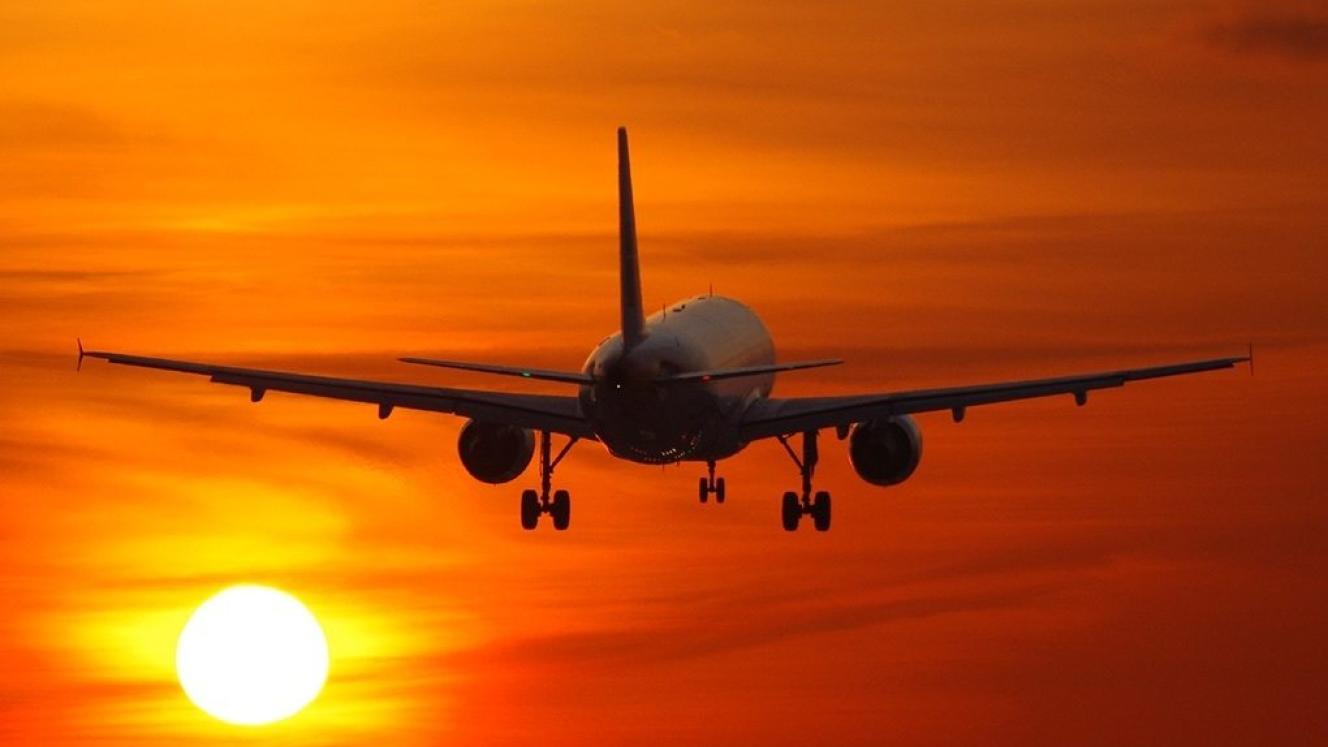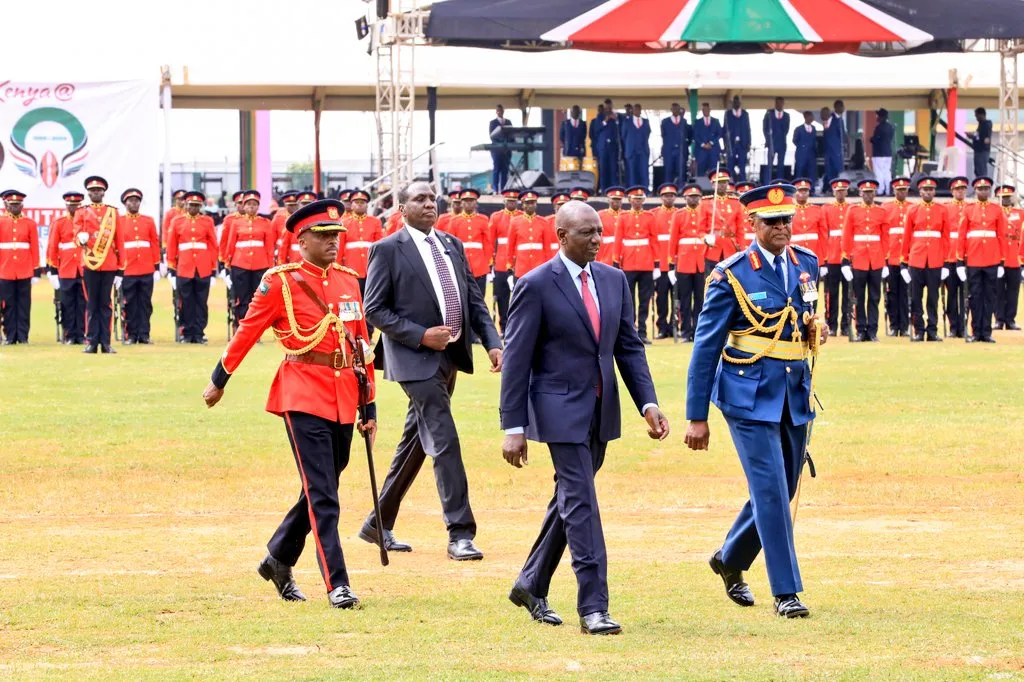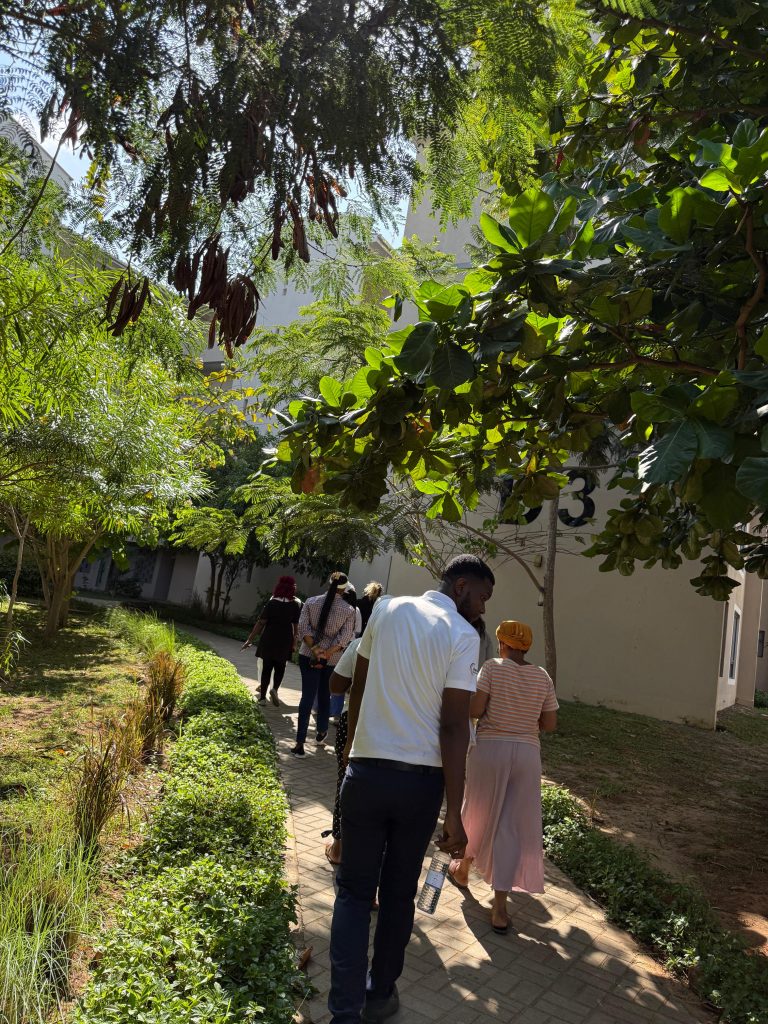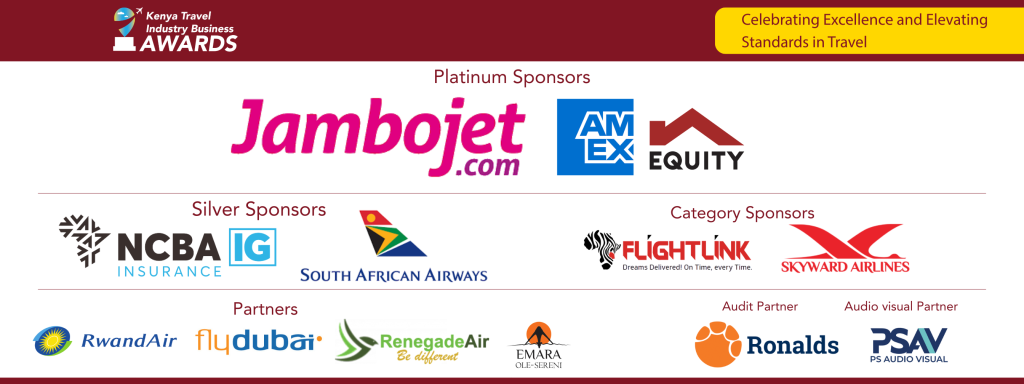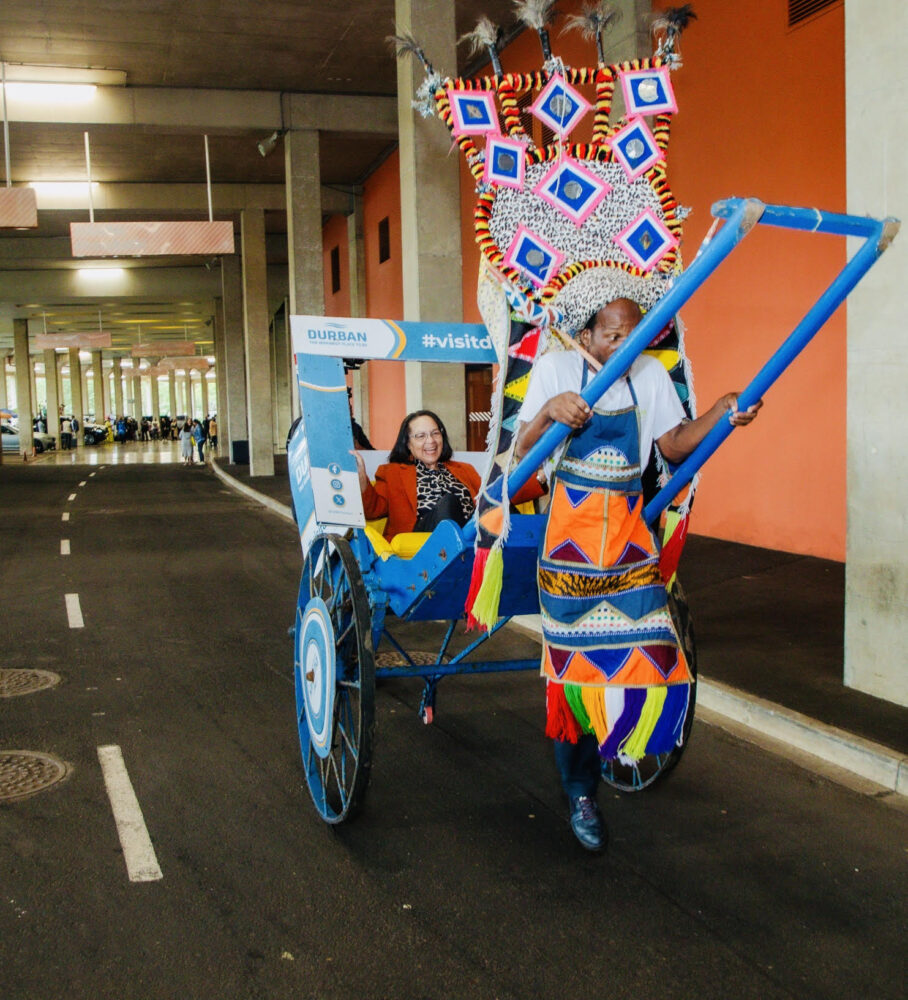As Dubai continues to attract millions of international visitors each year, authorities are reminding tourists to familiarise themselves with local laws and cultural expectations before arriving. The city is widely known for its modern lifestyle, safety and hospitality, but it operates within a legal and cultural framework that visitors are expected to respect.
Dubai’s tourism sector has recorded strong growth in 2025, driven by seasonal travel, global events and its reputation as a family-friendly destination. To ensure a smooth and trouble-free visit, travellers are advised to observe the following key rules.
Respectful Dress in Public Spaces
Dubai embraces cultural diversity and generally allows visitors to dress comfortably, especially in private resorts, hotels, beaches, pools and waterparks, where swimwear is acceptable. However, modesty is encouraged in public areas such as shopping malls, parks and traditional neighbourhoods.
Tourists are advised to avoid clothing that is overly revealing. When visiting mosques or religious sites, both men and women are expected to dress conservatively, covering shoulders and legs. Women may also be required to cover their hair at some places of worship.
Public Behaviour and Social Etiquette
Public behaviour in Dubai is guided by values of respect and decency. While the city is relaxed compared to many regional destinations, public displays of affection should be kept minimal. Holding hands or brief gestures are generally acceptable, but intimate behaviour in public places is discouraged.
Visitors are encouraged to be mindful of local families, cultural sensitivities and community norms in shared spaces, including beaches, malls and public transport.
Alcohol Consumption Rules
Alcohol consumption in Dubai is regulated. It is only permitted in licensed venues such as hotels, bars and private clubs, and strictly restricted to individuals aged 21 and above. Drinking alcohol in public places or being intoxicated in public is illegal and can result in serious penalties.
Tourists who wish to purchase alcohol for private use must do so from licensed outlets and follow the applicable regulations. Driving under the influence of alcohol is strictly prohibited under a zero-tolerance policy.
Photography and Privacy Laws
The UAE has strong privacy protections, and tourists must be cautious when taking photographs or videos. Capturing images of people without their consent is not allowed, particularly if the images are shared on social media or other public platforms.
Photography of sensitive locations such as government buildings, military installations and private property is also restricted. Violations of privacy laws can result in fines, legal action or other penalties.
Bringing Medication into Dubai
Visitors travelling with prescription medication are advised to check regulations before arrival. While many medicines are readily available in local pharmacies, some drugs are restricted or controlled under UAE law.
Tourists carrying prescription medication should have a valid doctor’s prescription and supporting medical documentation. Controlled medicines are generally permitted only for personal use and within limited quantities, provided proper approval procedures are followed.
A Safe and Enjoyable Experience
Dubai offers a unique blend of tradition and modernity, making it one of the world’s most popular travel destinations. By understanding and respecting local rules on dress, behaviour, alcohol use, photography and medication, visitors can enjoy a safe, comfortable and culturally enriching stay.
Source: gulfnews.com


